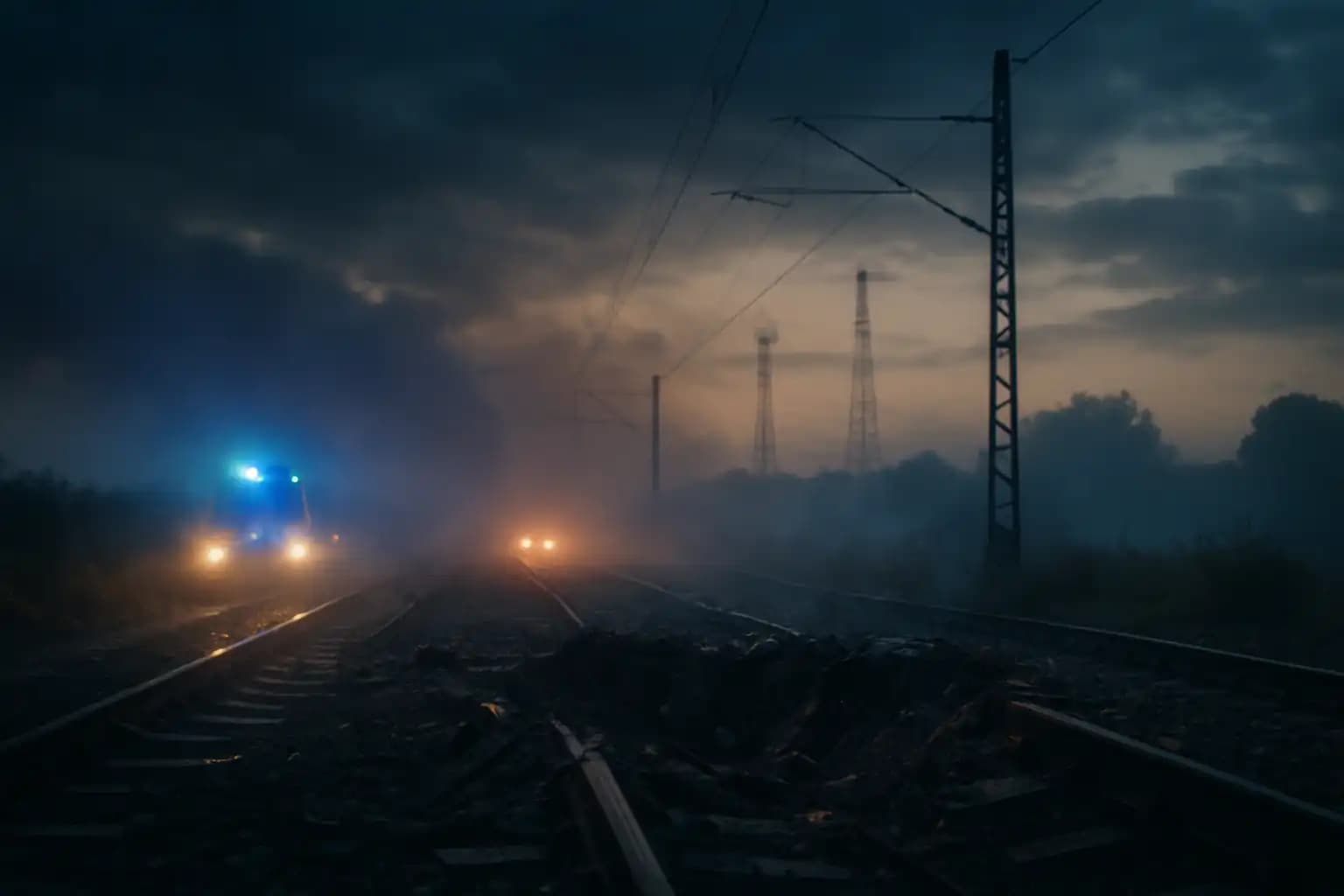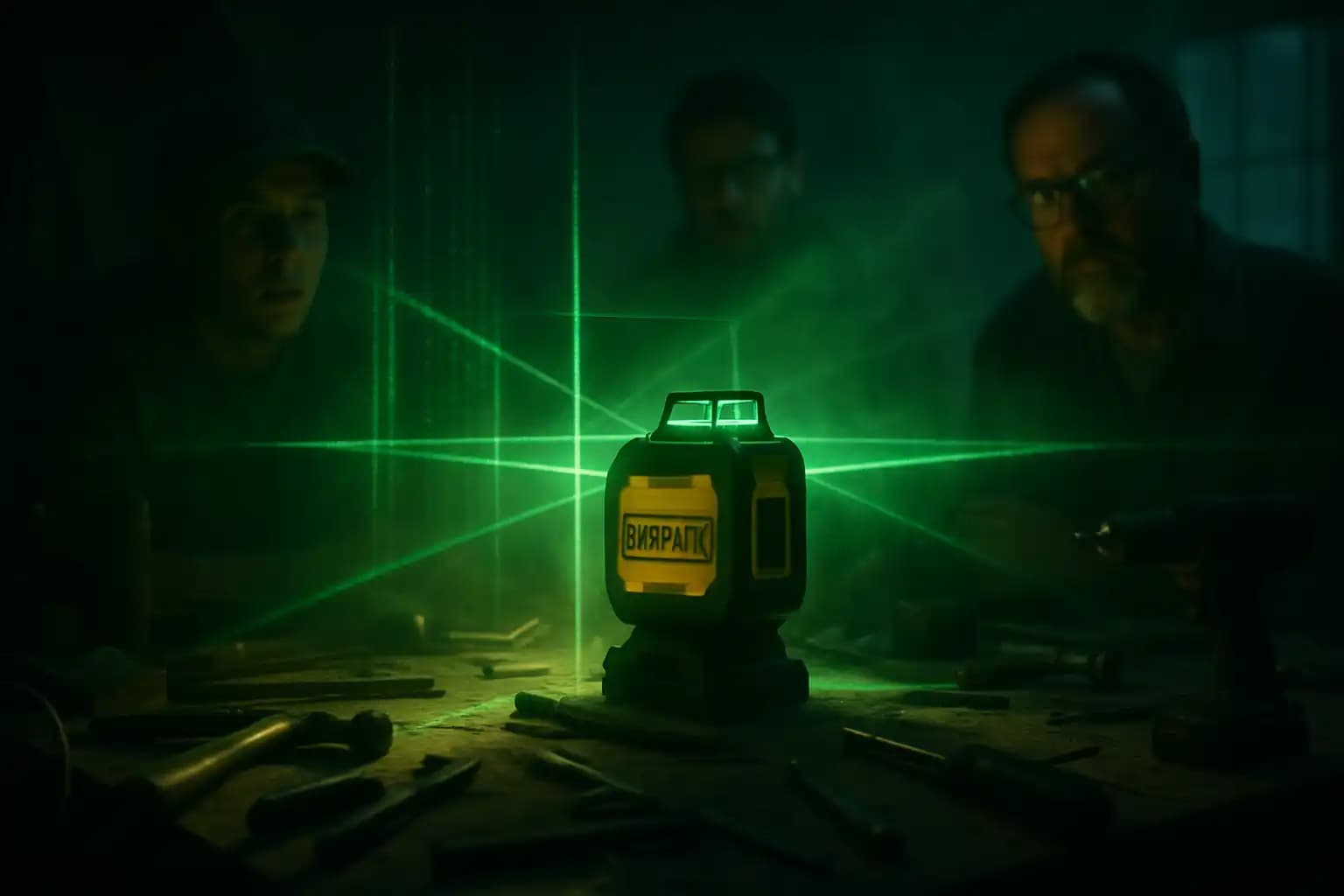Late in November 2025, a peculiar sequence of events—a mysterious shortwave silence, sabotage on a Polish rail artery, and viral claims concerning assassination plots advocating nuclear attacks—pushed an already anxious public toward doomsday thinking. The technical realities and the media narrative portray two stories: one about verifiable incidents that alter risk calculations and another about how rumors spread fear faster than facts can be confirmed.
UVB‑76 (the “Buzzer”): history and the November outage that reignited speculation
UVB‑76, the shortwave station on 4625 kHz, nicknamed the “Buzzer” or “Doomsday Radio,” has transmitted a monotone buzz with occasional voice interjections since the 1970s. Enthusiasts and analysts have long speculated about its role, ranging from routine technical signaling to esoteric ties with strategic command systems. The station’s overview notes that its continuous tone sometimes yields to coded voice transmissions, often drawing attention during geopolitical flashpoints (a detailed UVB‑76 overview).
On November 14, 2025, reports emerged that broadcasts ceased following damage to a nearby power substation; operators blamed a UAV strike that cut power to the transmitter. United24Media summarized the situation, highlighting both the unusual halt and speculation about the station’s role in strategic Russian military communications (United24Media, Nov 14, 2025). Whether this silence indicates a degradation of strategic infrastructure or merely a localized power issue, it has fueled cultural interest in symbolic signals—an instance where technical disruptions and myth-making intersected.
Poland railway explosion: what officials say and why it matters for logistics to Ukraine
On November 17, 2025, Poland’s prime minister labeled an explosion that damaged the Warsaw–Lublin route as an “unprecedented act of sabotage.” Reuters reported that authorities claimed an explosive device destroyed a section of the line crucial for freight and aid transportation to Ukraine; no immediate casualties were reported, but the implications for logistics and regional confidence are substantial (Reuters, Nov 17, 2025).
The blast disrupted a vital corridor for military and humanitarian shipments. Polish officials visited the scene and stressed the need for accountability. Polish leaders and Western security analysts view railway sabotage as more than property damage; it disrupts resupply chains and signals vulnerability well inland from frontlines. This signal intensifies strategic tensions across NATO supply networks and elevates the stakes for counter-sabotage and protection of critical infrastructure.
From drones to doomsday narratives: how kinetic events produce online cascades
The UVB‑76 outage and the railway explosion triggered rapid online cascades—threads connecting disparate events into a single apocalyptic narrative. Technical audiences debated electromagnetic and power-grid failure modes; conspiracy groups threaded those posts into claims about “Perimeter” or Dead Hand systems activated by interruptions. Few open-source analysts find robust evidence linking UVB‑76 to an automated nuclear trigger, but the station’s lore provides fertile ground for dramatic interpretations. This pattern mirrors how real or exaggerated crises evolve into broader psychological operations, as documented in studies of narrative warfare and information manipulation.
Public officials and journalists must distinguish technical causes from symbolic effects. Immediate attributions—without forensic verification—risk fueling political tensions. A responsible approach would prioritize careful attribution, infrastructure assessments, and forensic timelines instead of amplifying speculation that could destabilize diplomatic channels.
Viral claims of “assassins” and nuclear calls: a taxonomy of rumor
Social platforms rapidly disseminated sensational claims, including assertions that an assassination cell in Ukraine aimed for nuclear escalation or that a so-called “assassin” called for nuclear war. Such narratives did not appear in mainstream reporting and lacked corroborating evidence. When allegations surfaced, they typically originated in low-credibility channels and propagated through retweets and short-form videos, creating noise that outpaced reliable verification. Treat these reports as unconfirmed unless established media or official entities corroborate pertinent quotations, travel records, or intercepts.
In high-stakes environments, rumor acts as an accelerant. Platforms, moderators, and scholars studying information operations observe that narratives invoking nuclear apocalypse elicit extreme engagement and thus spread widely, even without a solid foundation. This dynamic underscores the importance for both policymakers and the public to depend on verified channels when determining if events necessitate military or diplomatic escalation.
What intelligence and infrastructure data actually tell us about escalation risk
Concrete indicators—damage assessments, forensic timestamps, intercepts, and satellite images—provide the best basis for evaluating escalation risk. In the UVB‑76 case, operator claims of a power outage, along with corroborating Russian state reports, offer a proximate cause: a UAV strike on a substation that temporarily disabled the transmitter. In Poland, on-site inspections and Prime Minister Donald Tusk’s statements regarding explosive devices supply immediate evidence of sabotage. These factors raise regional alarms without confirming a coordinated nuclear plot.
To clarify: kinetic events and signal outages matter because they affect command-and-control resilience, logistics, and public morale. They don’t inherently prove intent to escalate to nuclear exchange; rather, they indicate that actors can and will target infrastructure, complicating deterrence—precisely the pressure points analysts have warned about lately and discussed in studies of hybrid conflict.
Why this cluster of incidents matters and what to watch next
This situation matters because when infrastructure sabotage and cryptic broadcasts coincide, they create both operational and narrative risks. Operationally, attacks on rail lines and substations undermine logistics and emergency response; substantively, they compel policymakers to make decisions amid uncertainty. Narratively, this mix promotes worst-case thinking that can drive leaders toward overreaction.
Watch for three signals: independent forensic reports confirming linkages between attacks; credible intelligence identifying responsible actors or proxies; and changes in command posture—such as elevated alert levels or redeployments—indicating policymakers perceive a systemic threat. Meanwhile, media literacy and verification protocols must outpace the rumor cycle. For insight into recurring narrative patterns and how social contagion amplifies fear, consult reporting tracing propaganda and symbolic signaling across crises and technologies (this analysis).
Policy, readiness, and a practical checklist for officials
Practical measures can diminish both risk and panic. First, transparent forensic timelines and rapid information sharing among allied intelligence services lessen the urge to escalate. Second, creating hardened redundancy for critical transmitters, substations, and rail points—along with visible repair and security measures—diminishes the symbolic power of disruption. Third, effective public communications that differentiate confirmed facts from unverified claims counter rumor momentum and enhance societal resilience.
Policymakers must consider social dynamics. The same platforms that spread panic host communities providing eyewitness logs, antenna reception data, and independent geolocation—sources that, when verified, can be valuable. Integrating community-sourced signals with professional forensic work maximizes the likelihood of accurate attribution and measured response. For related readings on technology, secrecy, and cultural contagion, explore archival coverage and technical reporting on cyber and information operations (an archival breakdown and a field report analysis).
Final read: separating actionable intelligence from theater
UVB‑76’s silence and a damaged railway track are verifiable events; however, allegations of assassination conspiracies and nuclear intent remain unsubstantiated. The appropriate response combines urgent investigation, transparent reporting, and infrastructure fortification while maintaining a disciplined refusal to consider viral rumors as strategic indicators. Serious analysts will monitor forensic evidence, cross-check open-source satellite and social data, and resist calls for escalation based on unverified information. For those striving to keep up with emerging hazards, outlets blending forensic scrutiny with cultural context provide the clearest guidance—begin with investigative summaries that illustrate how narrative cycles amplify risk (an investigative summary and context on technological panic).
One last note: when small, targeted strikes intersect with potent symbols—“doomsday” radios, nuclear rhetoric, supply corridors—they do more than inflict damage. They reshape the narratives the world tells itself. Containing these narratives will require engineers, diplomats, and journalists collaborating closely to substitute evidence for rumor before politics yields panic in place of prudence.




